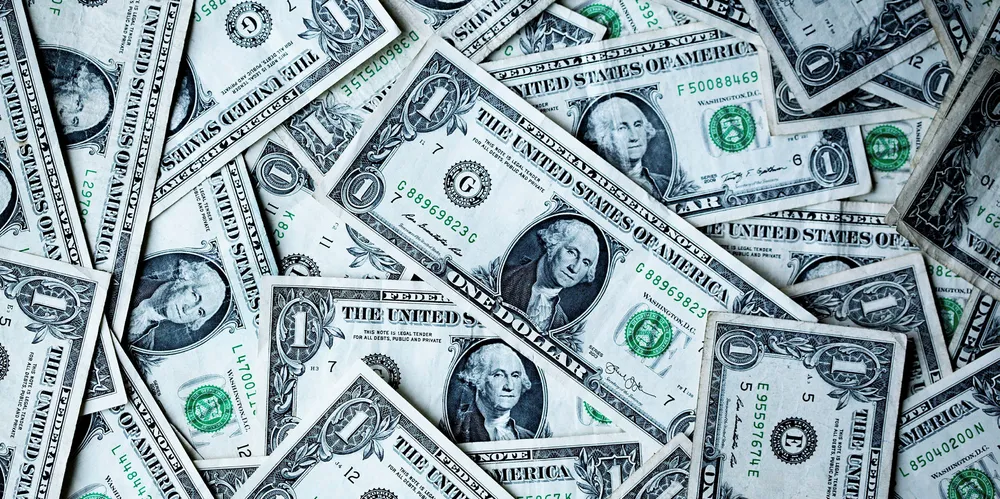Mowi and Grieg's green bond success reveals 'great potential' to drive capital into the salmon industry
CEO at aquaculture software startup says there’s no industry more willing to tackle their own challenges than the Norwegian salmon sector.

CEO at aquaculture software startup says there’s no industry more willing to tackle their own challenges than the Norwegian salmon sector.
